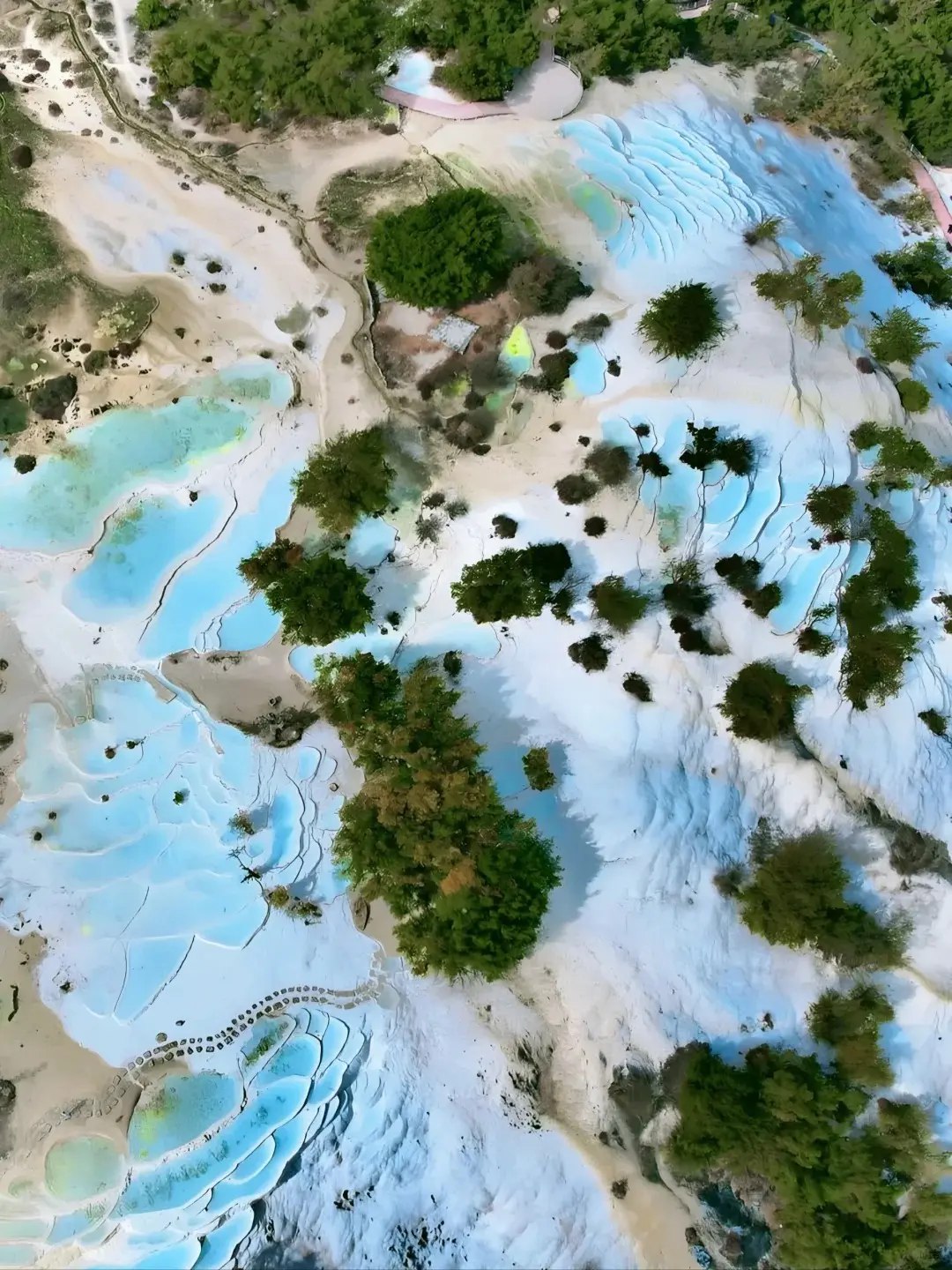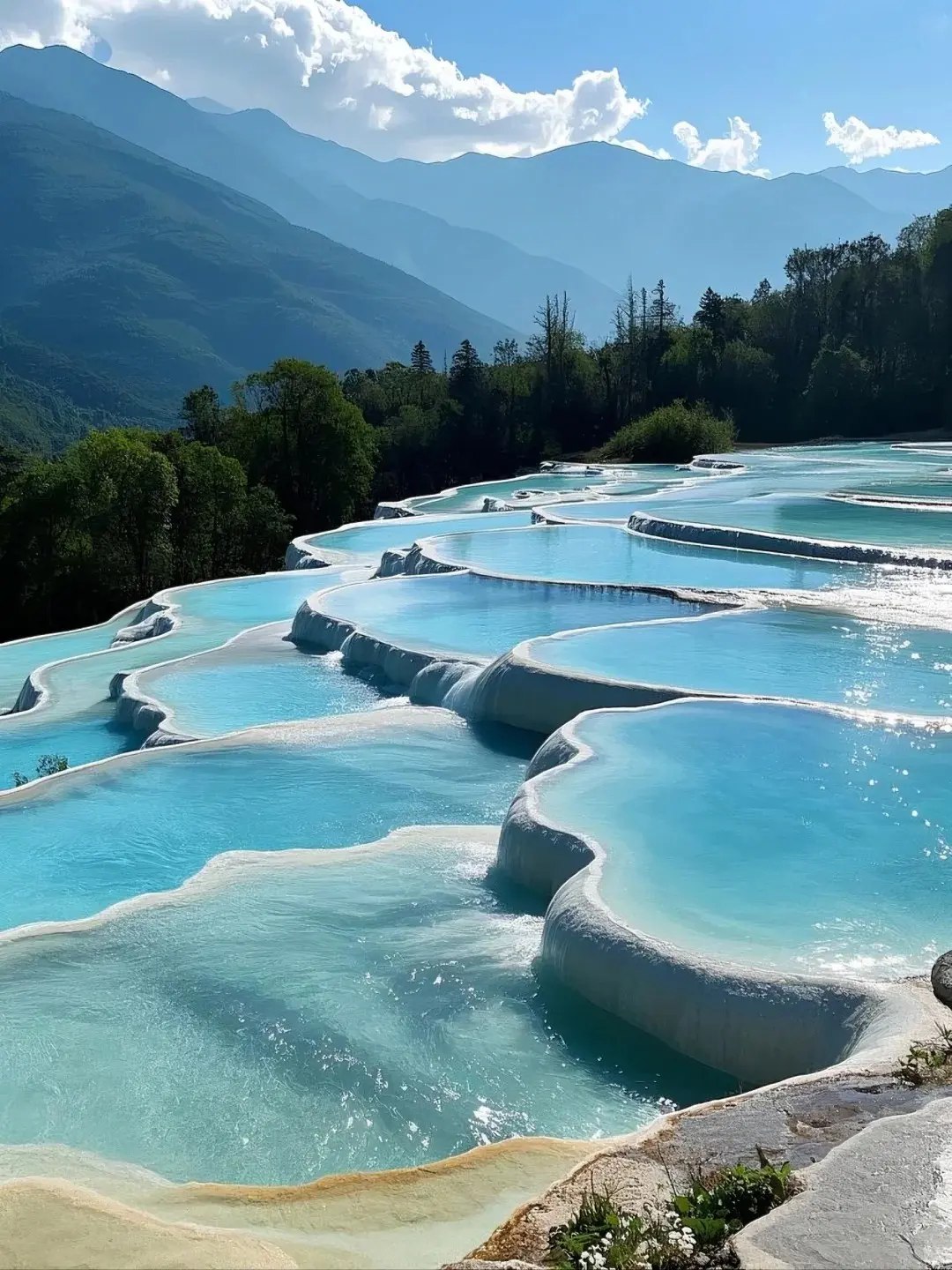Diqing Yunnan 云南迪庆
In the early morning, as the first rays of sunlight pierce the thin mist like fine golden threads, gently touching the icy slopes of Meili Snow Mountain, the peak gradually unveils its true form in the dawn's embrace. Its snow-capped summit glistens like white jade against the natural canvas.
Meanwhile, nestled deep on the eastern flank of Meili Snow Mountain lies Yubeng Village. Encircled by peaks and often veiled in mist, it's a hiking paradise that captures the dreams of countless trekkers.
Within Pudacuo National Park in Shangri-La, Diqing Tibetan Autonomous Prefecture, situated at the heart of the "Three Parallel Rivers of Yunnan Protected Areas" World Natural Heritage site in northwestern Yunnan, lies a well-preserved inland plateau wetland ecosystem. This area integrates characteristic alpine lakes, marshy meadows, and subalpine cold-temperate coniferous forests.
In this pristine natural setting, the high-altitude lakes appear as vivid as oil paintings brought to life. Accompanied by meadows, forests, snow-capped peaks, cascading waterfalls, wetlands, and vibrant flora, they collectively compose breathtaking natural masterpieces. Herds of horses and leisurely grazing yaks and sheep add the most vibrant touch to this picturesque scene, infusing the colorful landscape of Pudacuo with a dynamic spirit.
Though covering just 6% of the province, every kilometer of Diqing Prefecture is packed with wonders. Breathtaking landscapes—from alpine lakes and sacred snow mountains to deep gorges—await your discovery!

